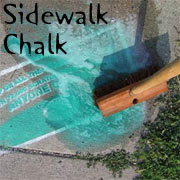Finding a Beached Whale: Pt. Reyes, California
TFW you visit the tidepools and chance upon the largest creature on earth.
By Rob Cockerham |
Oh boy, what a day I had on Friday. My son's third grade class went on a field trip to ocean tidepools in Point Reyes, California.
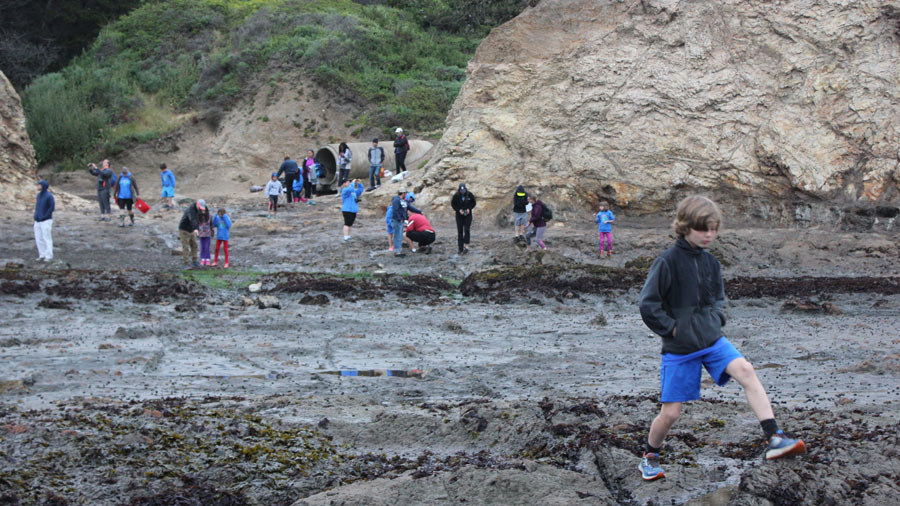
We arrived before 6 am and we had the entire beach to ourselves. Immediately my son and I hopped out as far as we could go, figuring the best, biggest tidepool fauna was living closest to the wide open ocean.
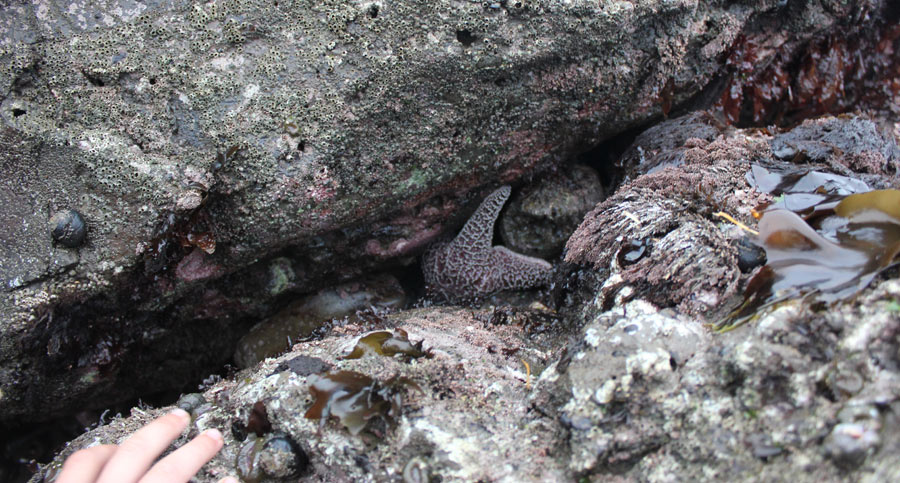
We saw dozens of sea urchins, a mess of sea anenomies, a handful of sea stars and some energetic crabs.
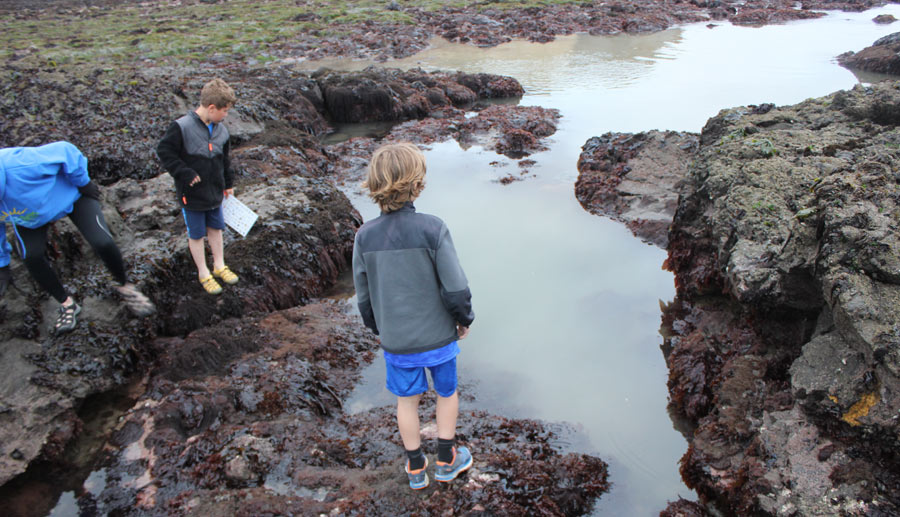
The water was a bit cloudy, so the animals we saw were close to the surface, always crammed into a little nook or cranny.
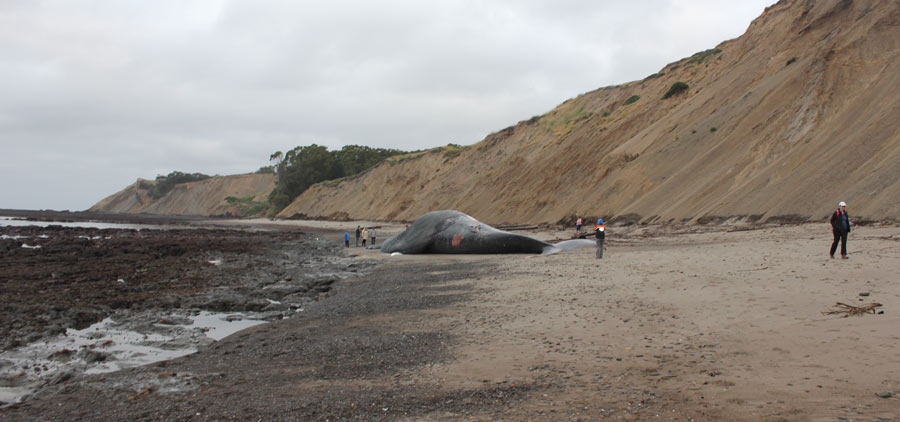
About 10 minutes into our visit, we noticed a huge lump on the beach to the north. There was only one thing it could be, a beached whale.

Warning: Graphic Photos. Rated R.
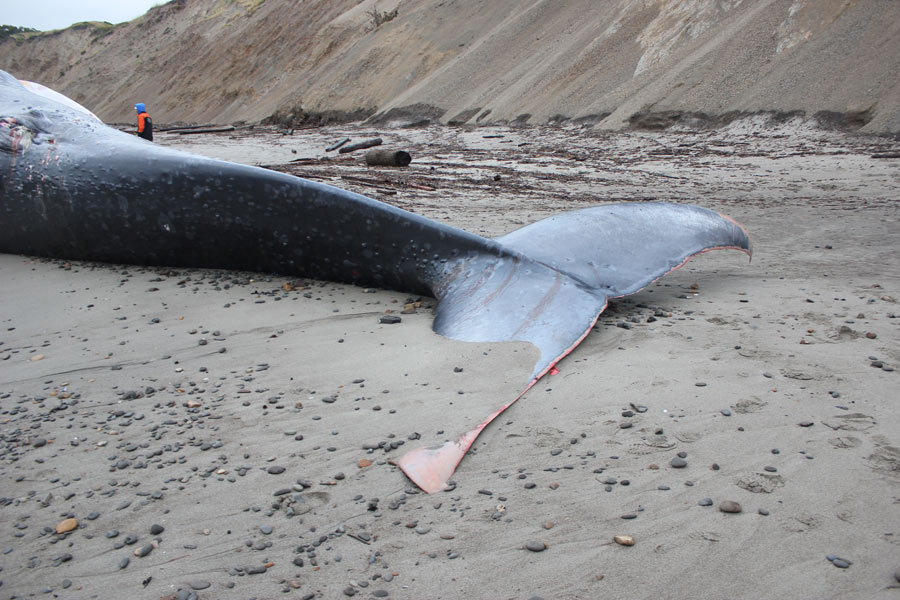
The massive size and distinct tail revealed that it was indeed a whale. It's skin was blistering and damaged.
I was totally amazed! A goddamn whale! On our field trip!!
I am not an expert, but I am sure it had been dead for at least a week. Mark Dettling, a bird scientist we had met the day before at the Point Blue Palomarin bird banding station was the first biologist to arrive on the scene. He had brought with his giant camera.
One day previous, we had been with Mark looking at a hummingbird that weighed four grams. Today we were together with a 100,000 kg whale carcass. He let us know that the whale had been floating in the surf zone last night, with a massive engorged lump inside, inflated by decomposition gasses. He said it was a balloon of air 15 feet tall.
It must have washed ashore and burst in the night.
He didn't have any measuring equipment, but he knew the length of his pace, so he paced it off. He estimated the whale length at 77 feet long.
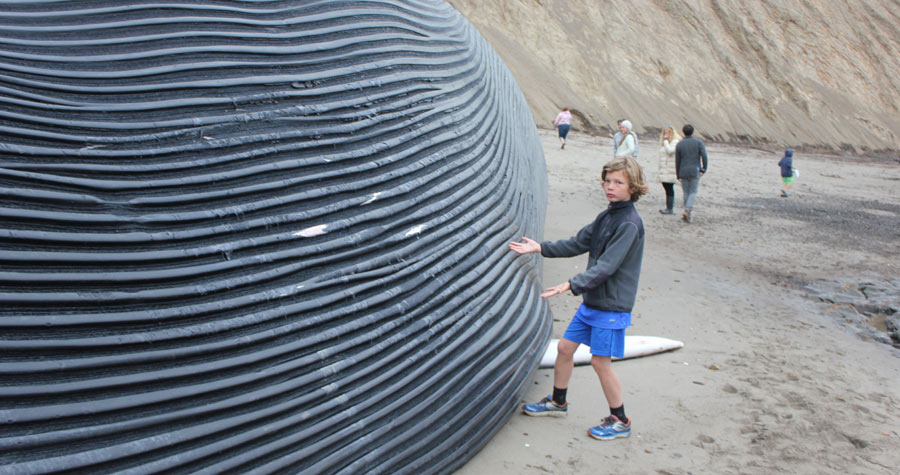
It was now about ten feet tall. These distinct ridges under it's mouth are called ventral pleats.
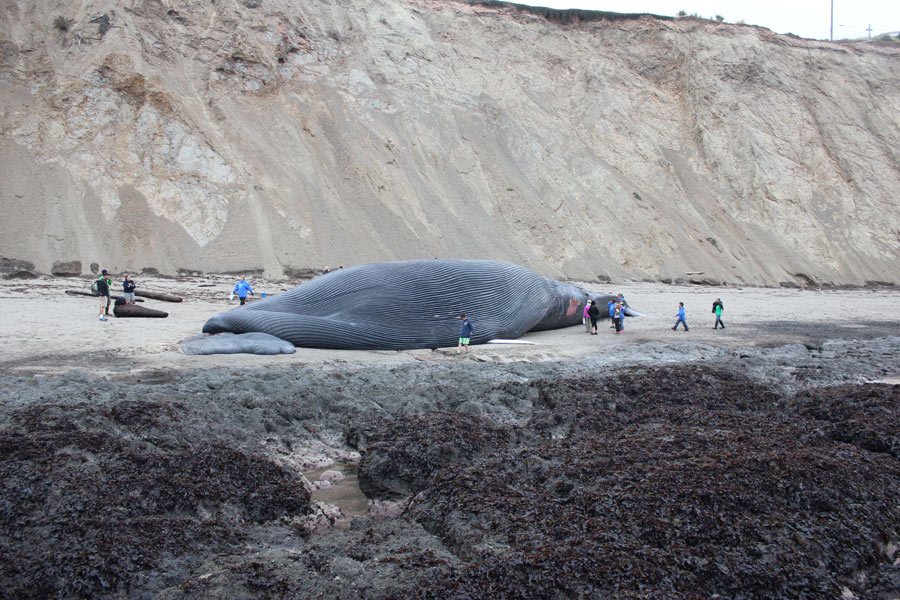
A view of the whale from the tidepools. It's mouth was a huge bag for water, now empty and looking deflated.

The whale was on its back. Its right fin was pinned under its side, its right fin was hanging, eight feet in the air. It was a female.
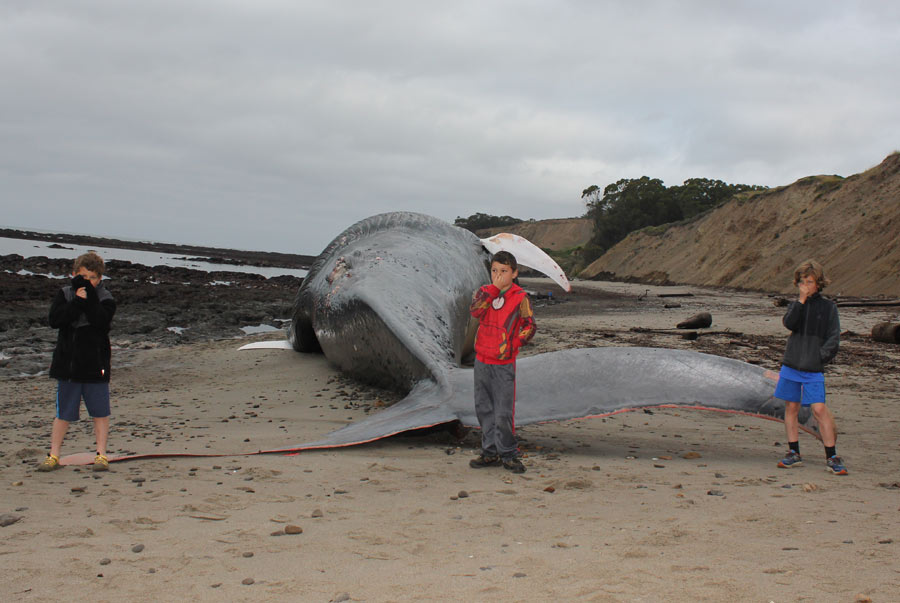
The smell was pretty bad. One dad retreated, holding his nose and shaking his head.

You can see the eye in this photo, and the corner of her mouth.

The surreal folds of skin. The skin in the foreground looked like ejected lining from the whales mouth. I didn't see any baleen.

The eye. It wasn't huge, maybe the size of a shot put ball.
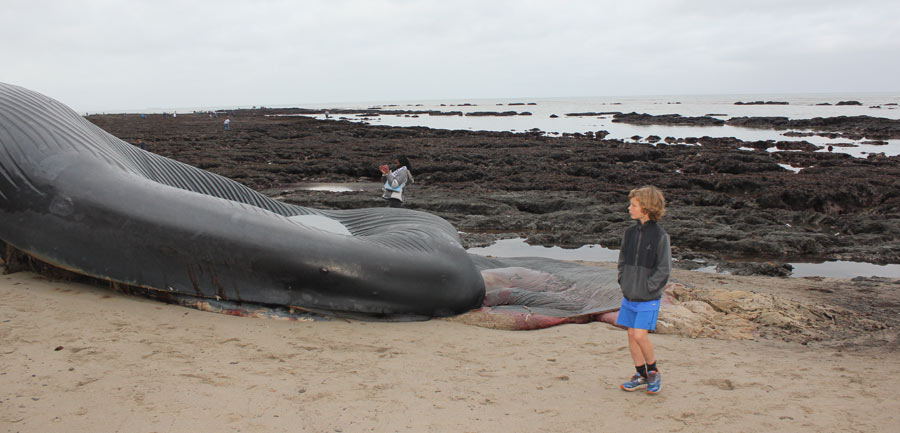
The front of the whale. The deflated mouth bag, ejected skin. Behind my son you can see in this photo a sand-colored tangle of fine mesh. It had a look of beef tripe, which is stomach lining, but it had a finer mesh.

The most shocking thing was the stream of blood pouring out.
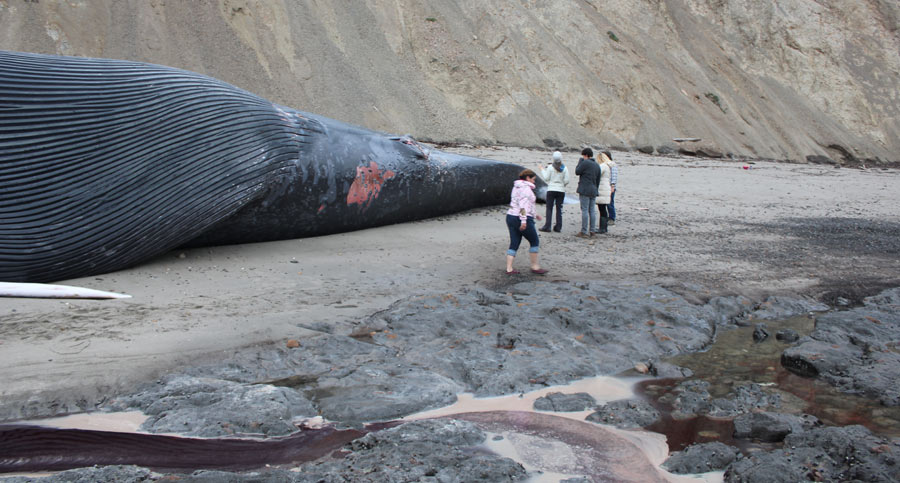
I've measured the blood in a human, but this was an epic amount of blood.
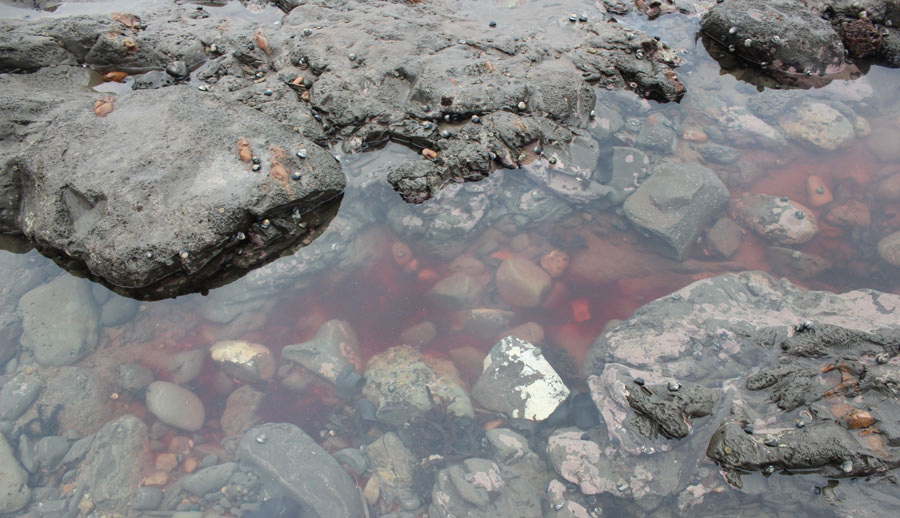
Hopefully the blood doesn't ruin the tidepools in the long term. I know human blood is similar to seawater, but this is a lot of protein to dump into an ecosystem.
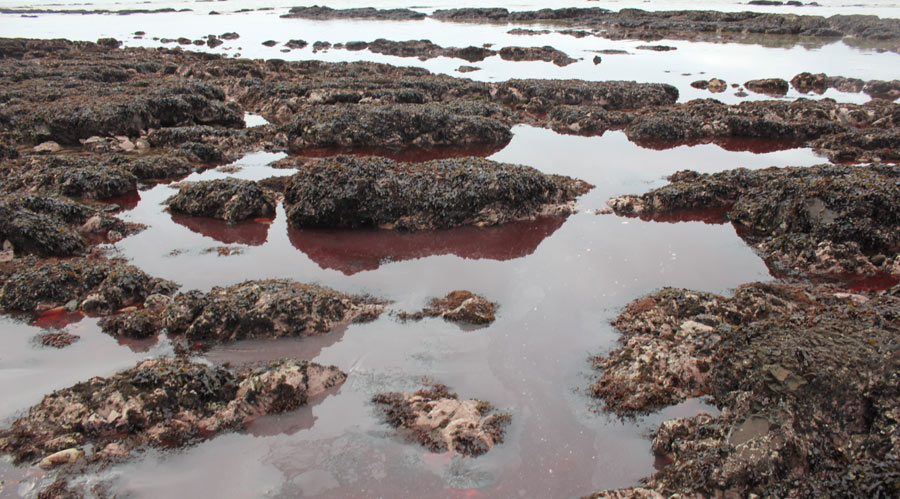
Blue whales are estimated to weigh 300,000 lbs, but one has never been weighed. They have only been weighed in chunks after death, and it is hard to estimate the weight of the blood which is lost in that process.
I considered bottling some of the blood and selling it on ebay. You can't sell endangered animal parts on ebay. I considered drinking some of the whale blood. How many people on Earth can say they have tasted blue whale blood? Three? Ten? I did not taste the whale blood. I did not gain Aquaman's superpowers. I did not die of whale parasites.

Another scientist arrived and was swarmed before he got a close look at the whale. His guess at that point was that it was a fin or blue whale.
It was an absolutely amazing experience that I will never forget. The kids were probably sick of us telling them "this is a once-in-a-lifetime moment."
Later that week, we found out that it was indeed a young blue whale which had died from blunt force trauma, likely struck by a ship. She was 79 feet long. Her name was Caroline.
Goodbye Caroline. You were too young to die.



